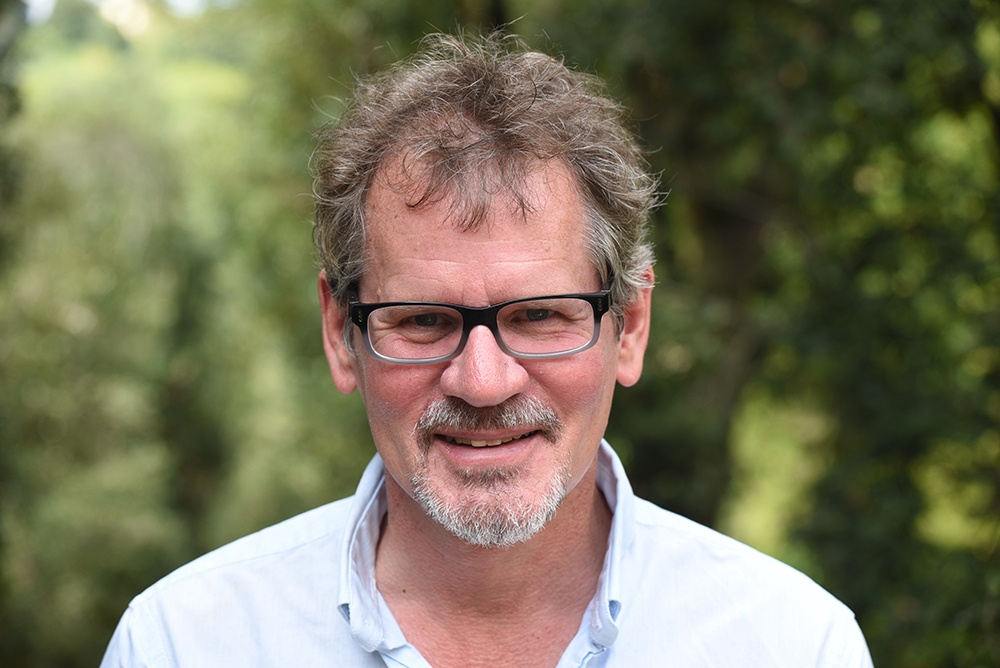Christopher S. Wood
Donor portraits in 14c Tuscan painting
2018-2019 (September-October)

Biography
Christopher Wood is Professor and Chair at the German Department, New York University. He has been a fellow at the Society of Fellows, Harvard University; the American Academy in Rome; the American Academy in Berlin; the Institute for Advanced Study, Princeton; and the Internationales Forschungszentrum für Kulturwissenschaften, Vienna. He was awarded a Guggenheim Fellowship and is a Fellow of the American Academy of Arts and Sciences. Wood is the author of Albrecht Altdorfer and the Origins of Landscape (University of Chicago Press, 1993); Forgery, Replica, Fiction: Temporalities of German Renaissance Art (University of Chicago Press, 2008); and Anachronic Renaissance (with Alexander Nagel) (Zone Books, 2010); and editor of The Vienna School Reader: Politics and Art Historical Method in the 1930s (Zone Books, 2000).
Project Summary
To integrate a portrait of a living person into the depiction of a sacred event, for example the Nativity of Christ or the Lamentation, is to import a familiar co-tenant of the shared life-world into a virtual space occupied by heavenly beings or remote historical events. Sometimes the portrayed modern person actually masquerades as a sacred personage. Such a portrait invited the real inside the borders of the sacred picture. The embedded portrait is introduced into depicted space in the thirteenth century and disappears by the eighteenth. Wood is completing a book on this topic, arguing that the fragment of real life, the recognizable physiognomy, destabilized Christian painting. The direct reference to contemporary experience interfered with the sacred picture’s overall claim to be in legitimating, if indirect, contact with the origins of the religion through a series of substitutions and replicas. The portrait in the long run compelled the painting to redefine itself as a fiction. The book will deal with related phenomena such as the depiction of ‘outsider’ figures in late medieval painting; the representation of publics; and ex votos (which are a form of self-portraiture). The core, however, is the embedded donor portrait in Florentine and Sienese painting of the fourteenth century, which will be Wood’s project at I Tatti.
